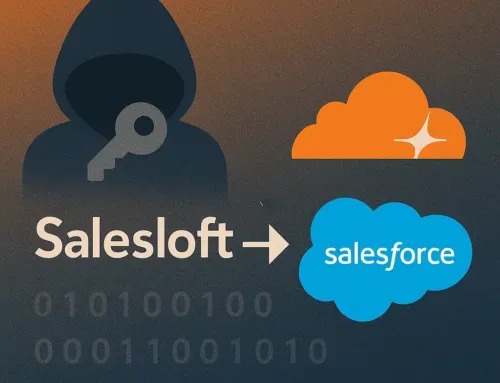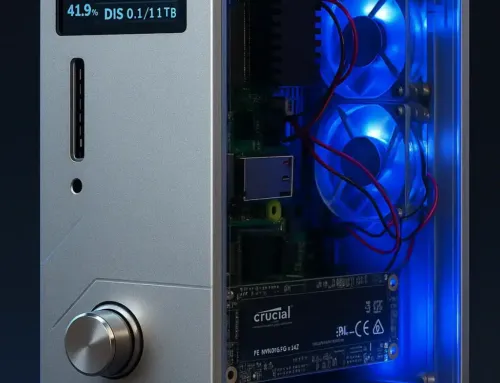
Approx. read time: 3.8 min.
Post: Surface Pro 10: The Dawn of a New Era for 2-in-1 Devices
Surface Pro 10: The Dawn of a New Era for 2-in-1 Devices. The transition to a full Windows 11 experience, powered by Intel chips similar to those in traditional laptops, has not alleviated these challenges. Efforts to navigate Windows without a mouse or touchpad have proven difficult, prompting alternative approaches like the ThinkBook Plus Gen 5 Hybrid, which opts for Android over Windows for tablet use. Despite these limitations, the Surface Pro has become synonymous with the 2-in-1 form factor, a concept critiqued by Apple CEO Tim Cook in 2012 for the inherent compromises in trying to merge two distinct functionalities.
Yet, Apple’s own iPad Pro has since emerged as a 2-in-1 device in all but name, offering a better balance but struggling as a laptop replacement due to iPadOS limitations. The dream of a device that seamlessly replaces both a laptop and a tablet without compromise has remained elusive, but the Surface Pro 10 could change this narrative if Microsoft effectively leverages the potential of ARM architecture.
The upcoming 10th anniversary of the Surface Pro is set to be significant, with reports suggesting a full transition to Qualcomm’s new ARM chip, eschewing Intel options. This move could position the Surface to rival the iPad in terms of efficiency, with Qualcomm’s Snapdragon X Elite chips promising competitive performance against Apple’s M-series. This shift to ARM could enable the Surface to offer improved battery life, responsiveness, and a fanless design, aligning more closely with the tablet experience and potentially setting a new standard for the 2-in-1 category.
Beyond hardware, software enhancements are crucial for the Surface Pro’s evolution, with Microsoft expected to introduce important updates to Windows 11 that could improve tablet usability. This includes potential for better touch-exclusive interfaces and broader access to Android apps, further bridging the gap between laptop and tablet functionality. The industry-wide support for ARM suggests a broader acceptance of this transition, indicating a future where the 2-in-1 form factor could see renewed interest from leading manufacturers.
As Microsoft navigates these changes, the Surface Pro 10 represents not just an opportunity for hardware innovation, but a pivotal moment for the 2-in-1 concept, potentially fulfilling the device’s original promise through a combination of ARM efficiency and software advancements.
Surface Pro 10: The Dawn of a New Era for 2-in-1 Devices
Balancing Act: The Pros and Cons of the Microsoft Surface Pro Series
The Microsoft Surface Pro series, renowned for its versatility and performance, has received both praise and criticism across its iterations. Here’s a general overview of the pros and cons associated with the Surface Pro devices:
Pros:
- Versatility and Portability: The Surface Pro’s 2-in-1 design allows it to function as both a laptop and a tablet, catering to a wide range of user needs. Its lightweight and compact form factor make it highly portable.
- Build Quality and Design: Surface Pro devices are known for their premium build quality, with a sturdy magnesium alloy construction and a sleek, professional appearance.
- Display: High-resolution PixelSense displays offer excellent contrast, brightness, and color accuracy, making these devices ideal for creative professionals and general users alike.
- Performance: Equipped with powerful Intel processors (up to the latest generations in newer models), Surface Pros can handle a variety of tasks, from everyday productivity to more demanding creative applications.
- Pen and Touch Support: The Surface Pen offers a natural and precise writing and drawing experience, with low latency and pressure sensitivity, enhancing the device’s utility for note-taking and creative work.
Cons:
- Price: Surface Pro devices are often priced at a premium, making them less accessible to budget-conscious consumers. The cost can increase significantly once you add essential accessories like the Surface Pen and Type Cover.
- Battery Life: While newer models have seen improvements, battery life has been a point of criticism in the past, especially under heavy usage.
- Limited Ports: The availability and variety of ports can be limited, necessitating the use of adapters or docking stations for expanded connectivity.
- Serviceability: The Surface Pro’s design, while sleek, makes it difficult to repair or upgrade by the user, which could be a drawback for those looking to extend the device’s lifespan or enhance its performance.
- Fan Noise and Heat: Some models, especially those with more powerful processors, can generate noticeable fan noise and heat under load, which could be distracting or uncomfortable for some users.
Overall, the Microsoft Surface Pro series stands out for its innovative design, powerful performance, and versatility as a 2-in-1 device. However, potential buyers should weigh these advantages against the cons, especially considering the price and how they plan to use the device.








